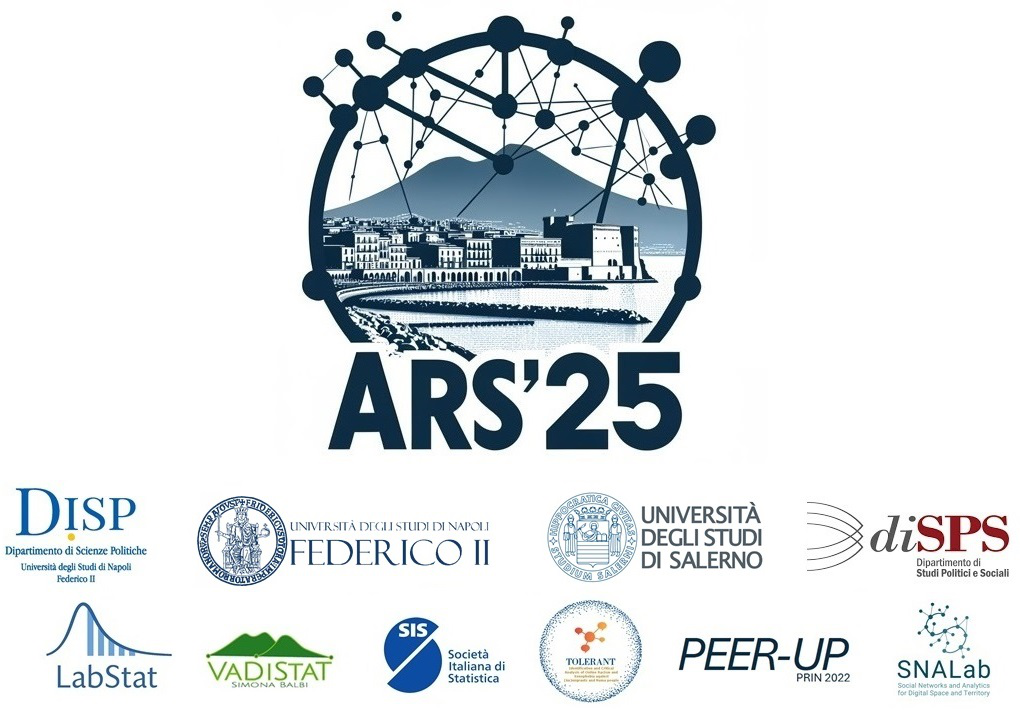Speaker
Description
Urban landscapes around the world feature the coexistence of stable drug markets and violence. However, the correlation between volumes of drug dealing and violence is frequently inconsistent across areas and time. In this work, we hypothesize that such inconsistency is due to the spurious nature of the relationship, and we pose that an important missing link in the transmission chain is given by organized crime groups (OCGs) dynamics. Our starting point is that when an illicit market is contendible, with multiple groups potentially competing in the same area, OCGs may resort to cooperation as a mechanism to mitigate the risks of unbounded competition. Therefore, when cooperation falls apart, business opportunities (i.e. drug dealing) will be eroded and violence will raise. We test our theory on a novel dataset made of the complete crime dataset of OCG-related offenses of Merseyside, U.K., integrated with neighbourhood-level socio-economic data. We show that, net of urban and socio-demographic factors, a 1% increase in inter-OCG cooperation is simultaneously and strongly associated with a 1.4% future increase in drug dealing and a 1.5% decrease in violence at a monthly level for each neighborhood. We complement this result with sharp prediction on the emerging structure of the OCG cooperation alliances.
Keywords/Topics
Criminal Networks, Drug Markets, Urban Disorganization

